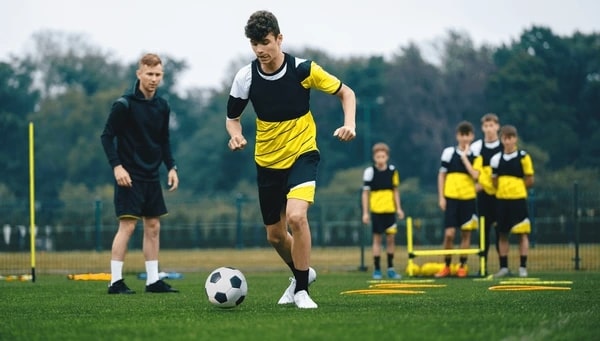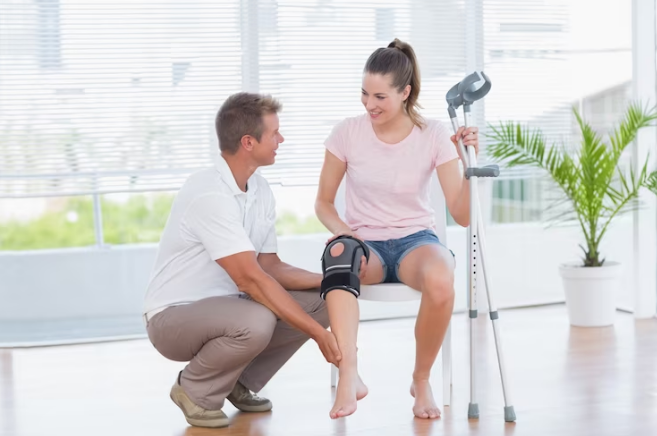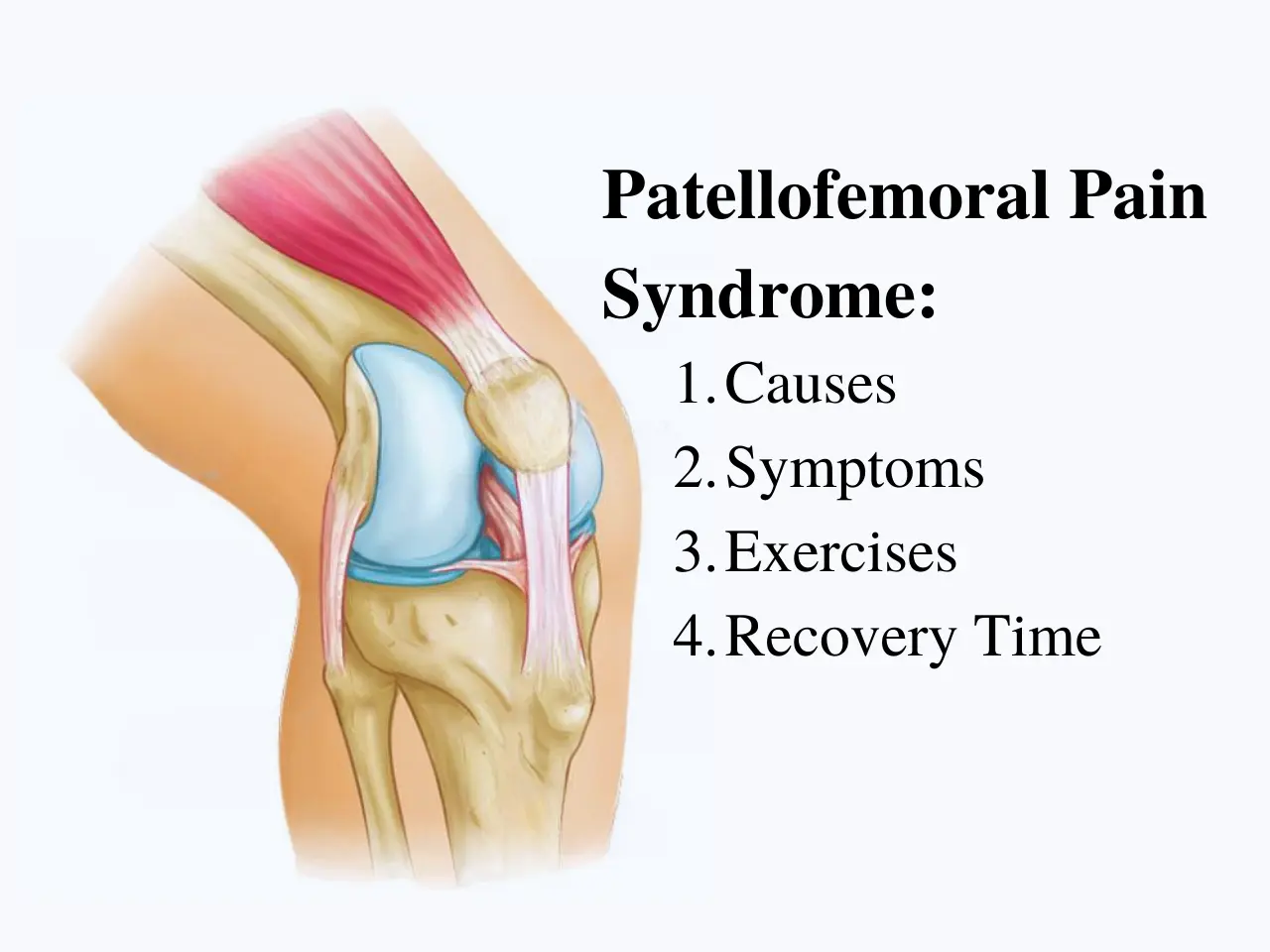Football is one of the most demanding sports for the knees. Sprinting, sudden stops, quick turns, jumping, and tackling place enormous pressure on the knee joints, ligaments, and muscles.
Without proper care, footballers risk developing injuries that can affect both short-term performance and long-term mobility.
As a leading total knee replacement surgeon in Cheshire, Mr. Nikhil Pradhan has treated patients across the UK — from young amateur players to seasoned professionals — and understands the importance of protecting and strengthening the knees.
Whether you are an aspiring athlete or a seasoned pro, including the best knee strengthening exercises for athletes in your routine is key to performance and injury prevention.

Why Knee Strength Matters for Footballers?
Footballers often experience repetitive stress on their knees, which can lead to:
- Ligament injuries such as ACL or MCL tears.
- Meniscus tears from twisting motions.
- Tendinitis and overuse injuries from continuous training.
Strong knees are not only about preventing injuries; they are about building the foundation for explosive movements, quick recovery after sprints, and balance during tackles.
By incorporating knee exercises for football players into training, you can enhance performance while reducing the likelihood of long-term damage and arthritis.
The Role of Exercise in Football Knee Injury Prevention
Football knee injury prevention exercises help in several ways:
- Strengthening the muscles surrounding the knees to provide better support.
- Improving balance and proprioception to react quickly during play.
- Reducing the strain on ligaments by ensuring muscle groups work in harmony.
Aim to perform these exercises two to three times a week alongside your regular training schedule. Consistency is key to building resilience.
Best Knee Strengthening Exercises for Football Players
Below are the most effective exercises to strengthen knees for soccer players, suitable for players at all levels.
- Squats
Why they help:
Squats build the quadriceps, glutes, and hamstrings — all vital for sprinting, jumping, and stability.
Technique:
- Stand with feet shoulder-width apart.
- Lower your body as if sitting in a chair, keeping knees aligned with toes.
- Push through your heels to return to standing.
Variations:
- Bodyweight squats
- Goblet squats
- Jump squats for explosive power
- Lunges
Why they help:
Lunges strengthen the legs individually, improving balance and correcting muscle imbalances.
Technique:
- Step forward with one leg, lowering hips until both knees are at a 90-degree angle.
- Push back to starting position and switch legs.
Variations:
- Forward lunges
- Reverse lunges
- Walking lunges
- Step-Ups
Why they help:
Step-ups mimic real football movements like climbing, leaping, and changing direction.
Technique:
- Use a sturdy bench or step platform.
- Step up with one foot, then bring the other up to meet it. Step down and repeat.
- Hamstring Curls
Why they help:
Strong hamstrings prevent overreliance on the quadriceps and reduce ACL injury risk.
Options:
- Resistance band hamstring curls
- Stability ball curls
- Calf Raises
Why they help:
Calf muscles play a vital role in acceleration, deceleration, and jumping.
Technique:
- Stand tall and lift your heels off the ground.
- Lower slowly and repeat.
Variations:
- Double-leg calf raises
- Single-leg calf raises
- Glute Bridges
Why they help:
Glutes and hamstrings support hip and knee stability.
Technique:
- Lie on your back with knees bent and feet flat.
- Lift hips towards the ceiling, squeezing glutes at the top.
Variation:
- Single-leg glute bridges
- Lateral Band Walks
Why they help:
This exercise strengthens hip abductors, helping maintain proper knee alignment during play.
Technique:
- Place a resistance band around thighs.
- Take small steps sideways while keeping knees slightly bent.
- Plyometric Drills (Advanced)
Why they help:
Plyometrics build explosive power, agility, and knee joint reactivity.
Examples:
- Box jumps
- Lateral hops
- Skater jumps
Injury Prevention Tips for Footballers
To keep your knees healthy throughout your career:
- Warm up with dynamic stretches before every session.
- Include football knee injury prevention exercises in your weekly schedule.
- Increase intensity gradually to avoid overtraining.
- Wear proper footwear with adequate grip.
- Maintain flexibility with post-training stretches.
When to Seek Medical Advice?
If you experience:
- Persistent pain or swelling
- Difficulty bending or straightening the knee
- Repeated injuries despite preventive measures
… it’s time to consult a professional. Early diagnosis and treatment can prevent conditions from worsening and may avoid the need for surgery.
Expert Insight – Mr. Nikhil Pradhan
With over two decades of surgical experience, Mr. Nikhil Pradhan is a highly respected knee replacement surgeon in the UK, specialising in the management of early arthritis in young patients and advanced total knee surgery in Cheshire.
He has helped numerous footballers and athletes return to peak performance with tailored rehabilitation and exercise programs.
Conclusion:
Strong, stable knees are the foundation for a successful football career. By integrating these best knee strengthening exercises for athletes into your routine, you can boost performance, reduce injury risk, and prolong your playing years.
And if you’re facing persistent knee problems, seeking guidance from an expert like Mr. Nikhil Pradhan can help you get back on the pitch — stronger than ever.












